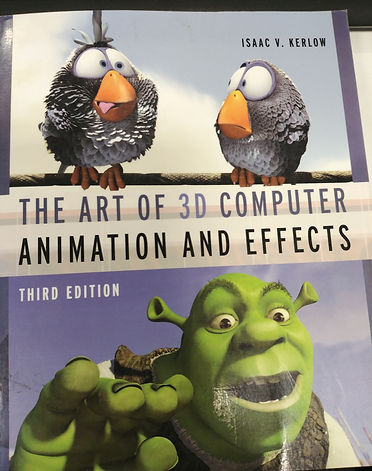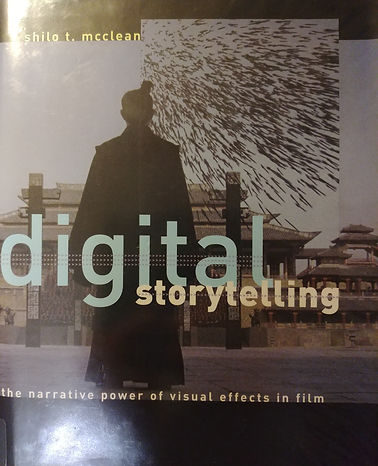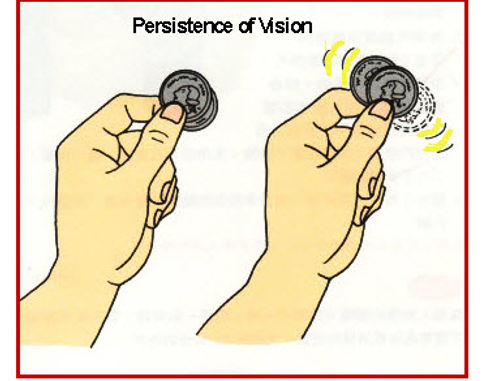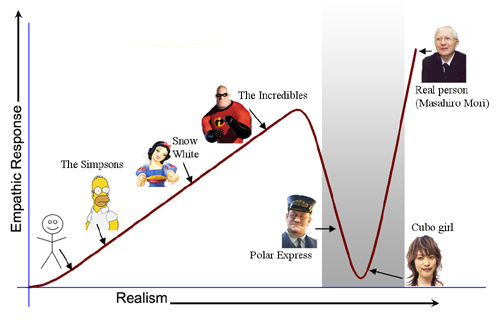
A first try to find a book in a library, which was 'The Art Of 3D Computer Animation And Effects' by Isaac V. Kerlow. It was based on Paul Hamlyn Library – at Floor 1 006.696/KER.
Mcclean T. Shilo. Digital Storytelling: The narrative power of visual effects in films. The MIT Press (2007)

Shilo T. Mcclean, in her book Digital Storytelling: The Narrative power of Visual Effects in Films, discusses about the connection between the DVFx (as author addresses Digital Visual Effects) and a story's plot, as well as how it affected each other in the industry of movies. Famous writer, producer and script editor gives reviews and opinions of well known people and disagrees with a statement that 'technology swamps storytelling'. In this book, author asks questions, why Visual Effects are being just a second plan and a substitute in a movie by so many screenwriters and gives opinion and arguments how DVFx greatly changed a history of the Narrative in the movies. Mcclean gives examples of films and proves to screenwrites, film artisans or just movie aficionados that DVFx is a colour, sound and different camera angle combination of telling a Narrative.
The Legacy of Visual Effects
Arrival of a Train at La Ciotat Station (by Lumiere Brothers, 1895)
It is associated with an urban legend well known in the world of cinema. Audience was overwhelmed by the train coming directly at them (moving image).
What is a Moving Image?
Lots of frames, captured by a camera and sequenced.
More frames -> smoother moves/motions. Normally on TV 25 fps are used. 60 fps is perfect to create a slow motion.

Persistence of Vision
-The phenomena that make motion pictures possible.
-The eye by which an afterimage is thought to persistent for approximately one twenty-five of a second on a retina.
- Illusion.
- Melies has been referred to as the father of Special Effects. He was a magician before becoming into a filmmaker.
Melies employed:
1.'Stop trick' photography
2.Multiply exposure
3.Time lapse photography
4.Colour painting negatives

Uncanny Valley
-In aesthetics, the uncanny valley is a hypothesized relationship between the degree of an object's resemblance to a human being and the emotional response to such an object. Basically - realistic recreation of a human.
-Uncanny valley is like a golden rule to robotics and animators.
Examples would be : 'Polar express' and 'Tintin'.
-One of the paradoxes of animation says it if character looks too human like it will go from cute to creepy.
-Movement are fundamental to human and animals.
-Perfectly symmetrical face will be seen wrong. If it is too perfect - it will look strange.
